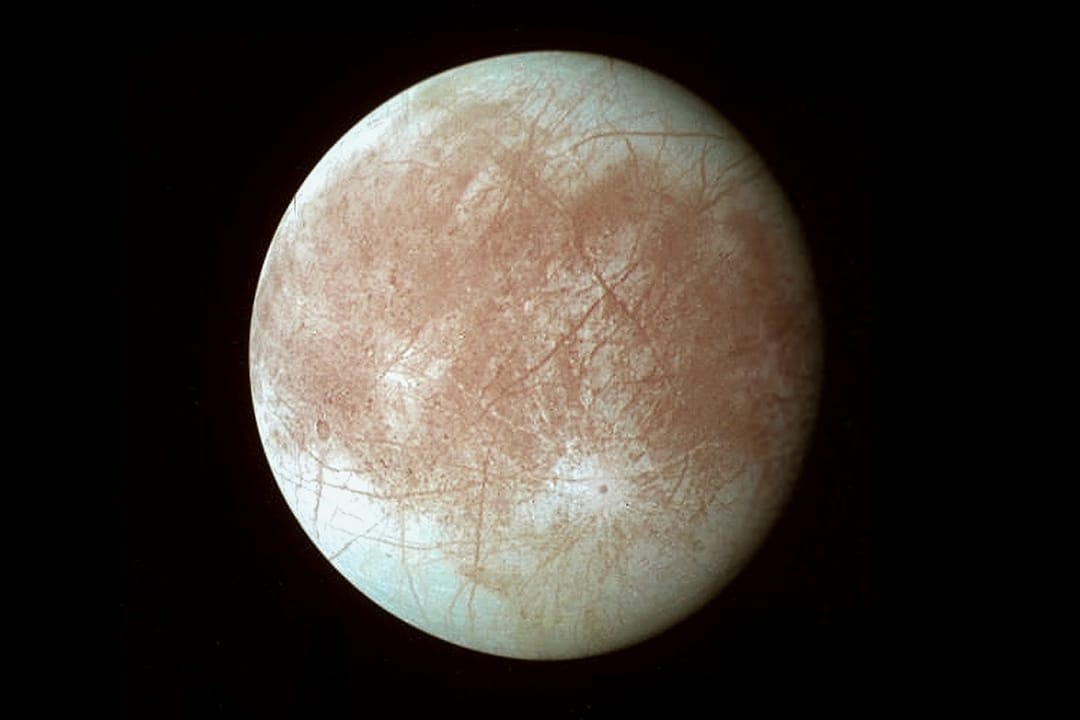The SpaceX Falcon Heavy rocket has successfully launched from a cosmodrome in Florida, carrying the Europa Clipper station on board. This ambitious NASA mission is aimed at exploring Europa, one of Jupiter's most intriguing moons, daily.afisha.ru reports with reference to CNN.
The launch, originally scheduled for October 10, was delayed by hurricane “Milton”. Now the station has a long way to go – it will not reach its destination until April 2030.
Europa Clipper is the first NASA spacecraft specifically designed to study Europa. The main goal of the mission is to assess the potential habitability of this icy world. Scientists are particularly interested in the ocean beneath the moon’s thick icy crust, which is estimated to be twice the volume of Earth’s oceans.
While the probe is not designed to directly search for life, it will help determine whether the conditions needed for life to form exist on Europa. Astronomers believe that key ingredients – water, energy and chemical elements – may already be present on the moon.
On its way to Jupiter, Europa Clipper will perform gravity assist maneuvers near Mars and Earth, which will save fuel and gain the necessary speed. Once it reaches its destination, the device will perform 49 flybys of Europa before landing on its surface.
The cost of the mission is 5,2 billion USD. The project, which began as a concept in 2013, has faced a number of technical challenges. In May, for example, engineers had to solve the problem of the stability of the spacecraft components in the intense radiation of Jupiter.

